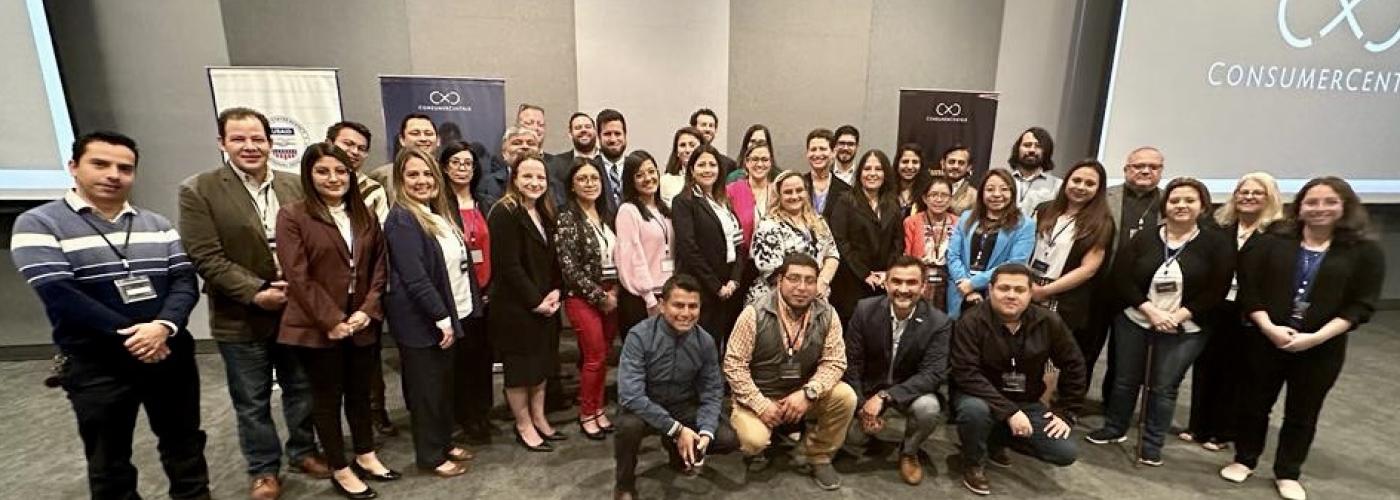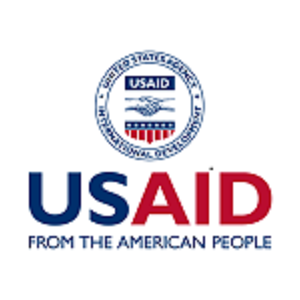Why the Government and the Private Sector Must Work Together to Expand Access to Digital Financial Services in Guatemala
Image

Countries in Latin America and the Caribbean are revolutionizing access to banking services and empowering millions of previously unbanked individuals. According to the latest data from the World Bank Findex, 73 percent of people in the region (excluding high-income countries) own a financial account—and the proliferation of digital financial services and financial technology (fintech) played an essential role in this growth. A recent study by the Inter-American Development bank asserts that the size of the fintech industry in Latin America and the Caribbean more than doubled in size in the past three years. According to the same report, the COVID-19 pandemic led to the rapid integration of digital technology across all sectors, including the increased adoption of digital payments platforms.
While the expansion of digital financial services has increased access to financial products, the benefits have not been universal. The World Bank Findex finds that financial inclusion in Guatemala lags behind its neighbors with only 37 percent of the population having an active financial account versus 49 percent in Mexico and 48 percent in Belize. Likewise, Guatemala has not seen a parallel growth in digital financial services; 65 percent of people in the region have made or received a digital payment, while only 26 percent of people have done the same in Guatemala. A recent USAID blog explores how digital finance can deepen financial access and usage among underserved communities in Guatemala. There are two contributing factors to this phenomenon: (1) financial service providers, which include traditional banks, do not see low-income and marginalized populations as bankable, and (2) low-income and marginalized populations, especially women, who do not think financial service providers address their needs or create products with them in mind.
In February 2023, USAID, ConsumerCentriX, and Digital Frontiers, a USAID program run by DAI, co-hosted a workshop to identify gaps and opportunities in the access and use of digital financial services by low-income and marginalized populations, with a particular focus on women. The event brought together more than 50 representatives from the financial sector, including both public and private institutions. As a signal of local government buy-in, a senior representative from the Ministry of Economy opened the event, which also featured a breadth of representatives from regulatory bodies, development organizations, financial services providers, NGOs, and mobile network operators. The workshop included a review of the latest financial inclusion and digital financial services advancements in Guatemala, an assessment of the enabling environment for further digital financial inclusion, and highlights from customer market research conducted to understand the financial lives and opportunities to offer digital financial services to vulnerable populations.
The workshop enabled representatives from the public and private sector to work together to design a digital financial product based on market research findings. Attendees were enthusiastic about this and took into consideration the various elements needed to make a product or service a success—everything from regulation to marketing to the solution itself. This type of partnership is essential for holistic product design and market understanding because it incorporates all facets of the market for a common outcome and fosters deeper collaboration between key sectors of the industry. The benefits of increased collaboration to build inclusive digital financial services in Guatemala are manifold.
This starts with ensuring that everyone is able to easily obtain formal identification, which is managed by the government and typically required for opening a bank account or an online financial services account. According to a 2018 World Bank ID4D survey, 26 percent of the Guatemalan population aged 18+ do not have an identity card. It is up to the public sector to alleviate this simple barrier for access to financial services and products for many Guatemalans.
Second, the public and private sectors can help to increase financial literacy and awareness among the population. Many Guatemalans are still unfamiliar with the array of digital financial services available to them—from mobile money apps to accessing their online bank account—and may be understandably hesitant to adopt them. It is important that financial services be offered in Spanish and the 24 various indigenous languages to correct misconceptions. Government agencies and financial service providers can work together to develop educational campaigns and outreach programs that increase awareness and build trust.
Finally, collaboration between the public and private sectors can help to drive innovation. The private sector is better positioned to move quickly to respond to the unique needs of the Guatemalan market. This can include building new payment systems, digital lending platforms, and other services that increase access to financial services for everyone.
Collaboration between the public and private sectors in financial services can also be mutually beneficial. Increasing access to digital financial services in Guatemala will bring it in line with regional neighbors and enable financial service providers access to left-behind segments of the Guatemalan population. Ultimately, this work removes barriers to entry into the financial system, increases financial literacy, and drives innovation which serves Guatemalans.
Photo Credit: USAID
By John Dorrett, Digital Finance Team, USAID


